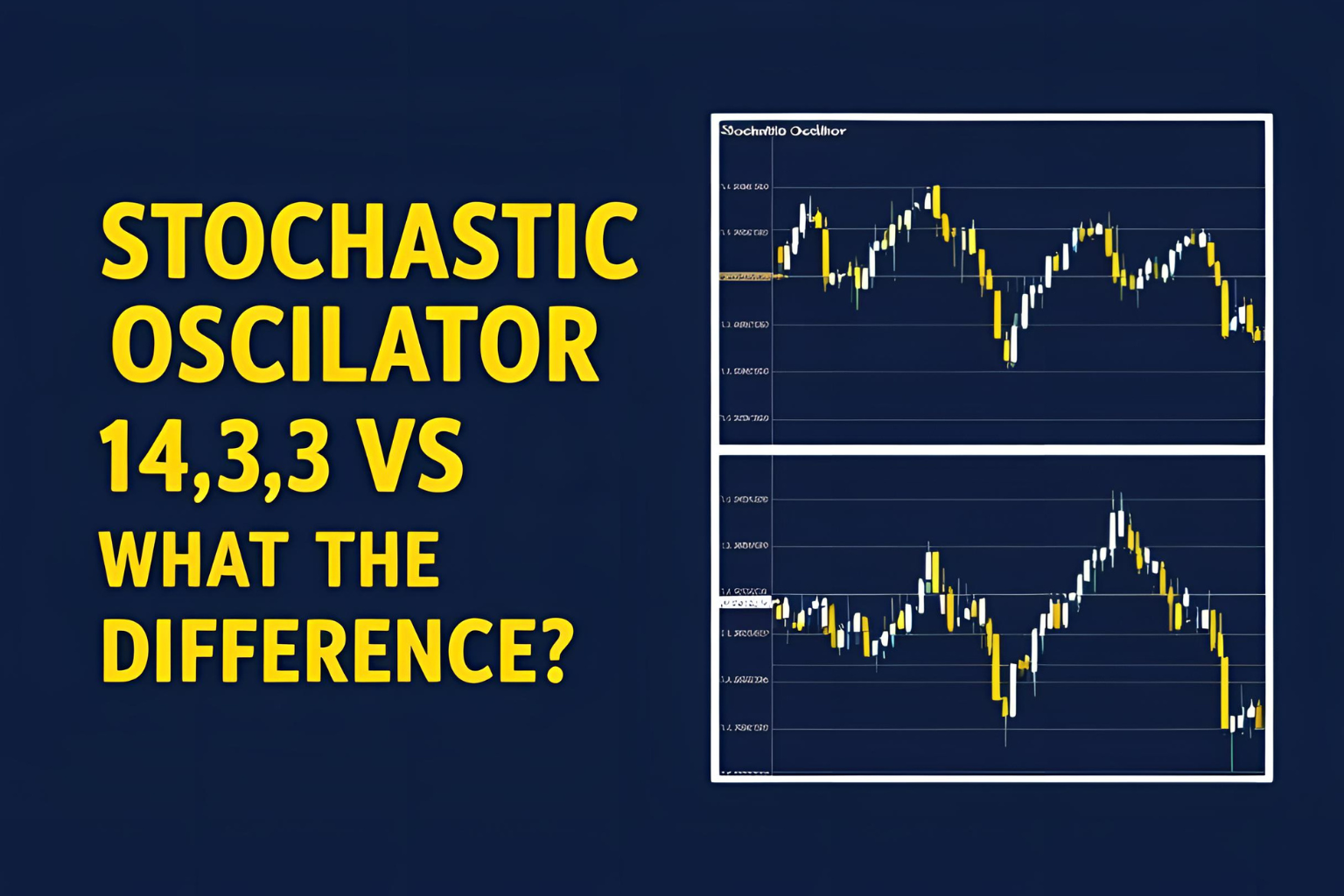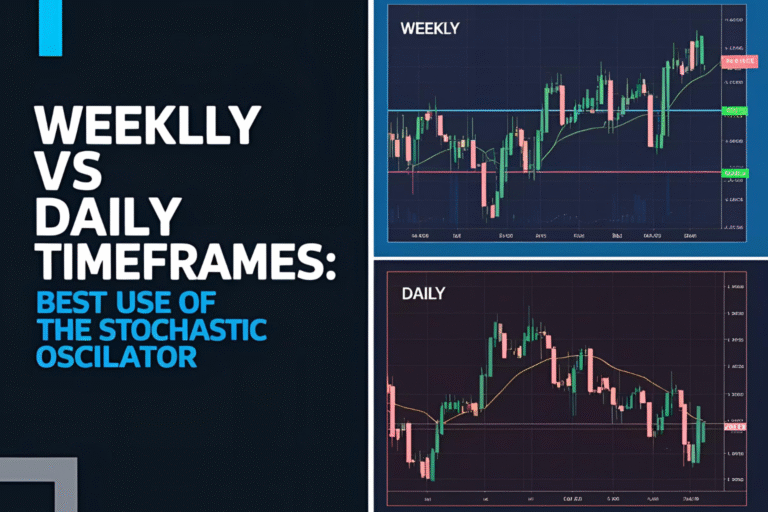Stochastic Oscillator 14,3,3 vs 5,3,3: What’s the Difference?
Introduction
The stochastic oscillator comes with customizable settings, and two of the most commonly used ones are 14,3,3 and 5,3,3. Each configuration affects how sensitive the indicator is to price changes, and choosing the right one depends on your trading style. In this article, we’ll break down the difference between stochastic oscillator 14,3,3 vs 5,3,3 and help you decide which is better for your strategy.
Understanding the Settings
A stochastic oscillator setting includes three numbers:
- %K period – number of periods used to calculate the raw stochastic (%K)
- %K smoothing – smoothing applied to %K
- %D period – the period used to calculate the moving average of %K (also called %D)
What Does 14,3,3 Mean?
- 14 = %K looks at the past 14 periods
- 3 = %K is smoothed by 3 periods
- 3 = %D is a 3-period moving average of the smoothed %K
This is the default or “slow” stochastic oscillator, offering smooth and reliable signals for swing or position trading.
What Does 5,3,3 Mean?
- 5 = %K looks at only the last 5 periods
- 3 = %K smoothing remains the same
- 3 = %D still uses 3-period moving average
This setting is considered a faster version, making it better suited for intraday or scalping strategies, where faster reactions are necessary.
Comparison Table
| Feature | 14,3,3 (Slow) | 5,3,3 (Fast) |
|---|---|---|
| Sensitivity | Low (more stable) | High (more signals) |
| Noise Level | Lower | Higher |
| Use Case | Swing/position trading | Scalping/intraday trading |
| False Signals | Fewer | More likely |
| Entry/Exit Timing | Slower, more reliable | Faster, but may need confirmation |
Which One Should You Use?
- Use 14,3,3 if you prefer a conservative, trend-following approach.
- Use 5,3,3 if you’re an aggressive trader who needs faster signals.
- Test both on your charts to see which aligns with your trading system.
Tip: You can also apply both settings to the same chart and look for signal agreement.
Conclusion
Choosing between stochastic oscillator 14,3,3 vs 5,3,3 depends on how quickly you want the indicator to react. While 5,3,3 gives early warnings, 14,3,3 provides more filtered and stable signals. The right choice lies in balancing speed with accuracy based on your preferred timeframe.
FAQs
Q1. Which stochastic setting is best for beginners?
14,3,3 is smoother and better for learning to avoid false signals.
Q2. Is 5,3,3 too sensitive for swing trading?
Yes, it may trigger early signals that aren’t confirmed by price.
Q3. Can I use both 14,3,3 and 5,3,3 together?
Yes, comparing both on the same chart can add confirmation and context.
Q4. Do these settings work the same on all platforms?
Mostly yes, though platforms may use different default smoothing formulas.
Q5. How do I know which setting fits my style?
Backtest both over your preferred timeframe and evaluate signal quality.




